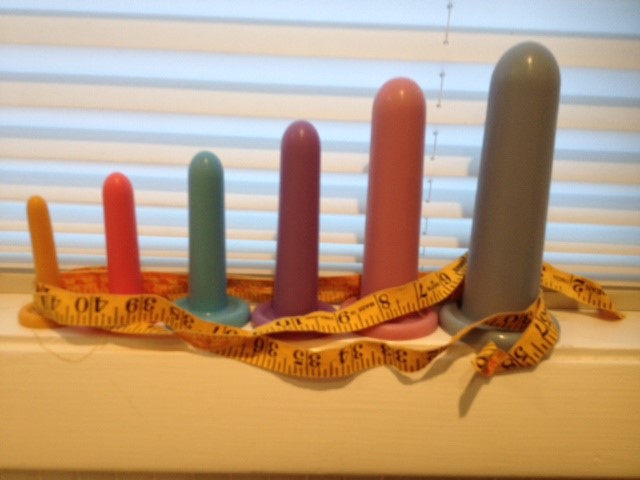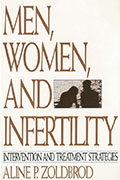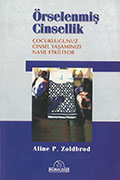Sex Therapy Guide: In Evaluating Vaginal Pain, Don’t Forget Penis Size
Posted on June 17, 2015 by Aline Zoldbrod
By Aline Zoldbrod, Ph.D.
Women, are you having pain with intercourse? There are a lot of reasons for vaginal pain, but there is one quirky one that many medical providers fail to evaluate: a partner’s large penile girth.
Vaginal pain is far more common than most people think, and for many women, it’s a taboo subject. It’s a complicated subject too. If you are suffering from vaginal pain, run right out this minute and buy When Sex Hurts: A Woman’s Guide to Banishing Sexual Pain by Goldstein, Pukall, and Goldstein.

What I am writing here is in no way to be taken as a substitute for getting a medical evaluation and diagnosis for your sexual pain. That’s the first step toward solving it. There have been many new advances in the understanding and treatment of sexual pain, and you need to read this Goldstein, Pukall and Goldstein book to be an intelligent consumer before you go to your first physicians’ appointment.
The nomenclature (names) of different kinds of sexual pain problems has changed in recent years, but many people still like to use the name vaginismus for the condition where a woman is so anxious about penetration that she is afraid and tenses the muscles at the opening to her vagina. This leads to pain. I do still use the word vaginismus with my patients.
And when a woman has vaginismus, part of the treatment many sex therapists still do involves desensitizing the woman to the pain using relaxation and different sized vaginal dilators to stretch the vaginal opening. You do this using lubricant. My favorite is Astroglide, which is really slick. This process usually works very well, leading to comfort and pleasure with intercourse because the pain associations have been broken (and pleasure associations have been developed.) But every once in a while, I ran into a woman who has diligently worked with the entire set of dilators that she has bought, from the smallest to the biggest. But she still had pain and discomfort with intercourse.
In several cases I encountered as a sex therapist in the Boston area, I asked the women to use a flexible measuring tape (like the one that seamstresses use) to measure her partners’ penis girth. Lo and behold, the partner’s penis had such a large circumference that it was quite a bit larger than the largest dilator in the set. So I sent these patients out into the world looking for dilators or other kinds of dildos that go up, in half-inch increments, from the largest size dilator she has to one that is ½ inch larger than the husband’s penis circumference.
(I always think it’s good to go one half inch larger, because once my patient gets to the point where she can insert this larger-than-him dilator into herself easily and can move it around, she no longer is afraid of his erection.)
This works like a charm. So now, when I have patients seeking sex therapy for problems like vaginismus, I get them to measure their partner’s penis right in the beginning, so that we know, right from the start, what she needs to do to be able to have pleasurable intercourse.











